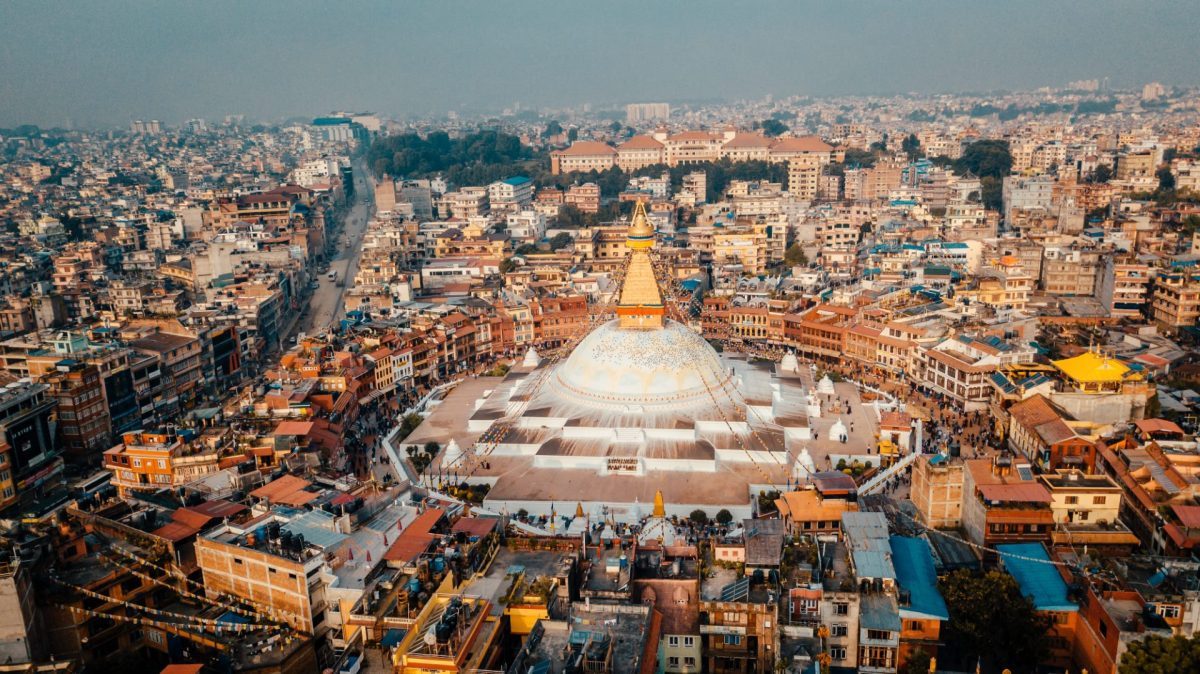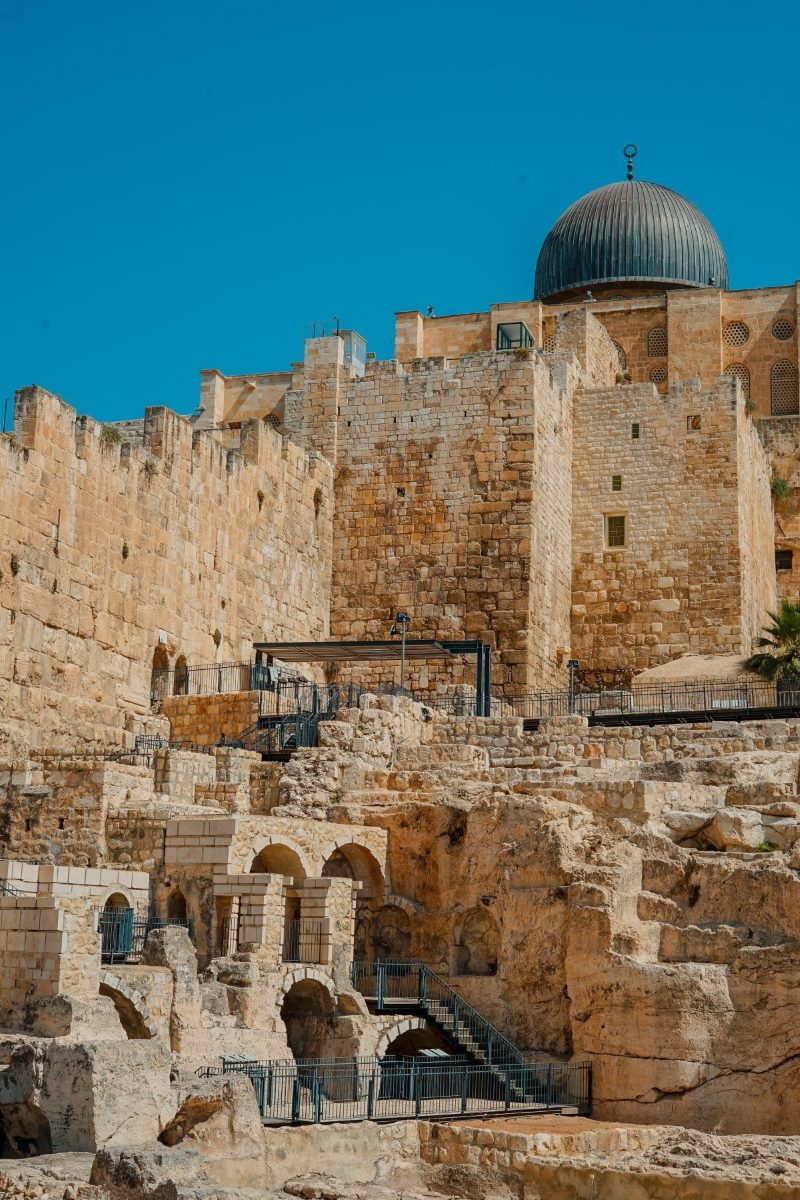How to Plan Your 14-Day Everest Base Camp Trek in Kathmandu
If you’re an adventure lover, trekking to Everest Base Camp in Kathmandu is probably on your bucket list. With stunning landscapes, majestic mountains, and rich culture, this 14-day trek offers an unforgettable experience. In this guide, we’ll take you through everything you need to know to plan your Everest Base Camp trek in Kathmandu.Experience
The Everest Base Camp trek is not only a challenging endeavor but also a unique opportunity to take in the breathtaking beauty of Kathmandu’s terrain. The journey offers a glimpse into the life of the Sherpa people and their culture that has been heavily influenced by the proximity of the Himalayas.Highlights
- Walk the foothill of the world’s tallest mountain
- Experience the world’s most-extreme airport
- Wander through the Sherpa heartland of the Namche Bazaar
Full Description of the Trek
Day 1: Upon your arrival at Tribhuwan International Airport, a tour representative will meet and transfer you to your hotel. Day 2: Fly to Lukla (2850 meters) and start trekking to Phakding (2640 meters). The trek takes approximately 4-5 hours. Day 3: Trek from Phakding to Namche Bazaar (3440 meters) over the course of 6-7 hours. Day 4: Rest and acclimate at Namche Bazaar where you can enjoy a 2 to 3-hour excursion. Day 5: Trek from Namche Bazaar to Tengboche (3870 meters) which takes approximately 5-6 hours. Day 6: Trek from Tengboche to Dingboche (4410 meters) over the course of 5-6 hours. Day 7: Rest and acclimate further at Dingboche. Day 8: Trek from Dingboche to Lobuche (4940 meters) in approximately 5-6 hours. Day 9: Trek from Lobuche to Gorak Shep (5170 meters) and trek to Everest Base Camp (5364 meters) before returning to Gorak Shep, a full day hike. Day 10: Hike to Kalapatthar (5545 meters) before spending the night at Gorak Shep. Day 11: Trek from Gorak Shep to Pheriche (4280 meters) for approximately 6-7 hours. Day 12: Trek from Pheriche to Namche Bazaar for approximately 6-7 hours. Day 13: Trek from Namche Bazaar to Lukla for approximately 6-7 hours. Day 14: Fly back to Kathmandu.How to Prepare for the Trek
To complete the Everest Base Camp trek, you’ll need to be in good physical condition. It’s recommended that you start conditioning your body a few months before the trip. Cardiovascular exercises like hiking, running, and cycling will help you build up your stamina and endurance. You will also need to invest in the right gear for the trek, including quality hiking boots, warm clothes, and a sturdy backpack. A comprehensive packing list is usually provided by the tour operator or can be found easily online.Booking Your Tour
If you’re ready to plan your Everest Base Camp trek in Kathmandu, you can book your tour through GetYourGuide. They offer a comprehensive package that includes a guide, porters, accommodation, meals, permits, and local transportation.Book Your Tour Now
The Everest Base Camp trek is a challenging but incredibly rewarding journey that will give you memories to last a lifetime. With the right preparation and a good tour operator, you can enjoy the best of Kathmandu’s natural offerings, stunning landscapes, and rich culture at the foothills of the world’s tallest mountain.
Frequently Asked Questions about Kathmandu
Kathmandu is a vibrant city in Nepal, rich in culture, history, and attraction sites. If you are planning to visit the city, then here are some frequently asked questions and answers that will help you prepare for your trip.1. What is the best time to visit Kathmandu?
The best time to visit Kathmandu is from October to December or from March to May. During these months, the weather is mild, and the skies are usually clear, providing great views of the city’s attractions. Also, consider avoiding the summer months, as the city can be hot and humid, and the rainy season, as it can be challenging to get around.2. What attractions are there to see in Kathmandu?
Kathmandu has several attractions worth seeing, including:– Swayambhunath Stupa:
This is a famous Buddhist temple that dates back to the 5th century. It is also known as the Monkey Temple because of the many monkeys that inhabit the area.– Pashupatinath Temple:
This is a Hindu temple that is dedicated to Lord Shiva. It is considered to be one of the most sacred Hindu temples in the world.– Boudhanath Stupa:
This is a massive stupa that is one of the largest in the world. It is a sacred place for Buddhists, and many pilgrims visit the site every year.– Durbar Square:
This is a complex of temples, palaces, and courtyards that date back to the 12th century. It is an excellent place to learn about the city’s history and architecture.3. What is the best way to get around Kathmandu?
The best way to get around Kathmandu is by taxi or on foot. Taxis are readily available, and they are relatively cheap. However, be aware that traffic can be congested, especially during rush hour. Walking is another great way to get around, as many of the city’s attractions are within walking distance of each other.4. What food should I try while in Kathmandu?
Kathmandu has a diverse selection of food to try, including:– Dal Bhat:
This is a traditional Nepali meal that consists of rice, lentil soup, and vegetables.– Momo:
These are dumplings that are filled with meat or vegetables. They are a popular street food in Kathmandu.– Chatamari:
This is a rice flour crepe that is topped with meat, vegetables, and spices.5. What should I wear while in Kathmandu?
While in Kathmandu, it is best to wear loose-fitting, comfortable clothing that covers your shoulders and knees, especially if you plan on visiting temples or other religious sites. The weather can be unpredictable, so it is also a good idea to pack a rain jacket or umbrella.6. What is the currency in Kathmandu?
The currency in Kathmandu is the Nepalese rupee. It is best to exchange your currency once you arrive in the city, as most businesses do not accept foreign currency. ATMs are available throughout the city, and credit cards are accepted at some establishments.7. Is it safe to travel to Kathmandu?
Kathmandu is generally a safe city to travel to, but it is always best to take precautions, such as:– Avoid carrying large amounts of cash or valuables
– Keep a close eye on your belongings, especially in crowded places
– Be cautious when using public transportation, especially at night
8. Is English widely spoken in Kathmandu?
English is widely spoken in Kathmandu, especially in tourist areas. However, learning a few basic Nepali phrases can be helpful and appreciated by locals.9. What is the culture like in Kathmandu?
The culture in Kathmandu is a mix of Hindu and Buddhist traditions. Respect for elders and hospitality are essential aspects of the culture. Visitors should dress modestly and remove their shoes before entering religious sites.10. Are there any festivals in Kathmandu?
Kathmandu has many festivals throughout the year, including:– Teej:
A Hindu festival that celebrates the bond between husband and wife. Women dress in red and sing songs and dance.– Indra Jatra:
A festival that celebrates the end of the monsoon season. It is marked by a procession of chariots, dances, and music.– Dumji:
A Buddhist festival that celebrates the birth of Guru Rinpoche. It is marked by dances, music, and traditional attire. In conclusion, Kathmandu is a city with a rich culture and history, with attractions suitable for a wide range of travelers. By preparing for your trip with the information provided in this FAQ, you can make the most of your visit to this beautiful city.
How to spend your time as a tourist in Kathmandu
As the capital and largest city of Nepal, Kathmandu is the cultural, political, and economic hub of the country. Boasting a rich history and a unique blend of Hindu and Buddhist cultures, Kathmandu is a fascinating and diverse city with a lot to offer visitors. Here are some top things to do and see while visiting Kathmandu.1. Visit UNESCO World Heritage Sites
Kathmandu has a rich cultural heritage that is well-preserved in the form of UNESCO World Heritage Sites. There are seven such sites in and around the city.Durbar Squares
The Durbar Squares of Kathmandu, Patan, and Bhaktapur are stunning examples of traditional Newari architecture. These squares were once the seat of power for the local kings and are now home to several temples, palaces, and museums. The Durbar Square in Kathmandu is particularly impressive, with its intricate carvings and grand temples.Swayambhunath Stupa
Also known as the Monkey Temple, Swayambhunath is one of the most iconic landmarks in Kathmandu. It’s a 2,000-year-old stupa perched atop a hill and is covered in prayer flags, offering stunning views of the city. Visitors can also observe the monkeys that reside in the temple complex.Pashupatinath Temple
Located on the banks of the Bagmati River, the Pashupatinath Temple is one of the most holy Shiva temples in the world. It’s also a UNESCO World Heritage Site and is home to several sadhus (holy men) who live in the temple complex.Boudhanath Stupa
Boudhanath is a massive stupa and one of the largest in the world. It’s a UNESCO World Heritage Site and is an important pilgrimage site for Buddhists. The stupa is surrounded by monasteries, shops, and restaurants.2. Explore the streets of Thamel
Thamel is a vibrant neighborhood in the heart of Kathmandu and a haven for tourists. It’s packed with restaurants, cafes, bars, and shops selling everything from souvenirs to trekking gear. The streets are narrow and winding, but it’s a great place to get lost and discover hidden gems.3. Take a cooking class
Nepalese cuisine is delicious, and what better way to experience it than by taking a cooking class? There are several cooking schools in Kathmandu that offer classes in traditional Nepalese dishes. Visitors can learn about local spices and ingredients and how to prepare dishes like momos (dumplings), dal bhat (rice and lentils), and chow mein.4. Trek in the Himalayas
Kathmandu is the gateway to the Himalayas, and there are several treks available for visitors of all levels of experience. The most popular treks are the Everest Base Camp Trek and the Annapurna Circuit Trek. These treks can take several weeks, but there are also shorter treks available that can be completed in a day or two.5. Visit the Garden of Dreams
The Garden of Dreams is a serene oasis in the heart of Kathmandu. It was once a private garden but is now open to the public. The garden is beautifully landscaped and features fountains, ponds, and pavilions. Visitors can enjoy a cup of tea at the Garden Cafe and relax in the peaceful surroundings.6. Learn about Tibetan culture
Kathmandu is home to a large Tibetan community, who have set up shops, restaurants, and cultural centers in the city. Visitors can learn about Tibetan culture and history by visiting places like the Tibet Museum and the Shechen Tennyi Dargyeling Monastery. There are also several shops selling traditional Tibetan handicrafts and clothing.7. Attend a festival
Kathmandu is a city that loves to celebrate, and there are several festivals held throughout the year. Some of the most popular festivals include Dashain, the biggest festival of the year, and Tihar, the Festival of Lights. During these festivals, the streets come alive with music, dancing, and vibrant colors.Book Your Tour Now
Kathmandu is a city full of surprises, and there’s something for everyone in this vibrant and diverse city. Whether you’re interested in exploring the rich cultural heritage of Nepal, trekking in the Himalayas, or simply relaxing in a peaceful garden, Kathmandu has it all. With so much to see and do, it’s best to plan your trip in advance and make the most of your time in this amazing city.Table of Contents

